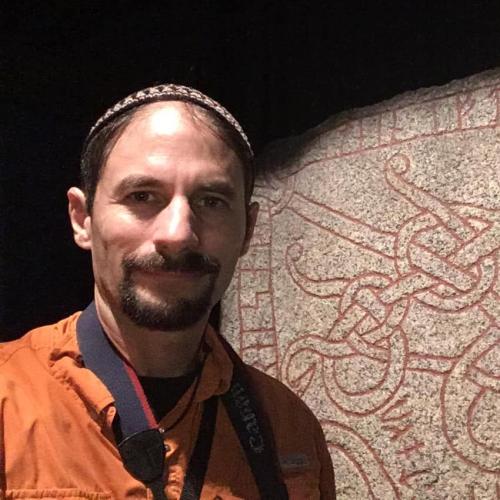
The Meerson group studies the molecular and genomic basis of chronic diseases, with a special focus on the function of microRNAs, short RNA molecules that regulate gene expression and are involved in a variety of biological pathways. Specifically, we are interested in:
1. MicroRNAs as a mechanistic link between metabolic disease, cancer, and other chronic diseases
2. Discovery of microRNA-based biomarkers of disease in body fluids
3. Transcriptomics of reproduction and development in vertebrates
4. Novel applications of Oxford Nanopore sequencing technology
Education and Research:
2013-pres MIGAL Galilee Research Institute, Kiryat Shmona, Israel. Head of Genomics lab.
2015-2022 University of Copenhagen, Denmark. Guest Researcher, BMI.
2009-2013 NIH/NIDDK (Phoenix), AZ, USA. Postdoctoral Fellow.
2003-2008 Hebrew University, Jerusalem, Israel. PhD program, Department of Biological Chemistry. PhD, 2009.
2001-2003 Feinberg Graduate School of the Weizmann Institute of Science, Rehovot, Israel. MSc program, Department of Molecular Cell Biology. MSc, 2004.
1999-2001 Hebrew University, Jerusalem, Israel. Faculty of Life Sciences. Honors Program. BSc 2002, cum laude, completed in 2 years; Dean’s list and scholarship.
Assay development:
2017-2021 Developed a qPCR-based genetic assay for establishing the sex of Russian sturgeon fish, for caviar aquaculture. The method is in commercial use by Caviar Galilee ltd. since 2021.
2017 Developed a qRTPCR-based molecular assay for assessing maize late wilt disease (published)
Teaching and Mentoring:
2017-pres Mentor to 1 PhD student, 4 MSc students, and 9 undergraduate students)
2017-pres Tel Hai Academic College, Biotechnology Department. Teaching 6 courses: Developmental Genetics (starting 2017); microRNAs/RNA World (starting 2020); Evolution, and Molecular Genetics B (both starting 2021); Practical Workshop in Genomic Lab Methods, and Big Questions in the Life Sciences (both starting 2023). Approved for promotion to Senior Lecturer.
2018-pres Tel Hai, Science Faculty. Supervisory committee member for 3 MSc students
2016-pres Tel Hai, Excellence Center. Mentored 8 high school students
